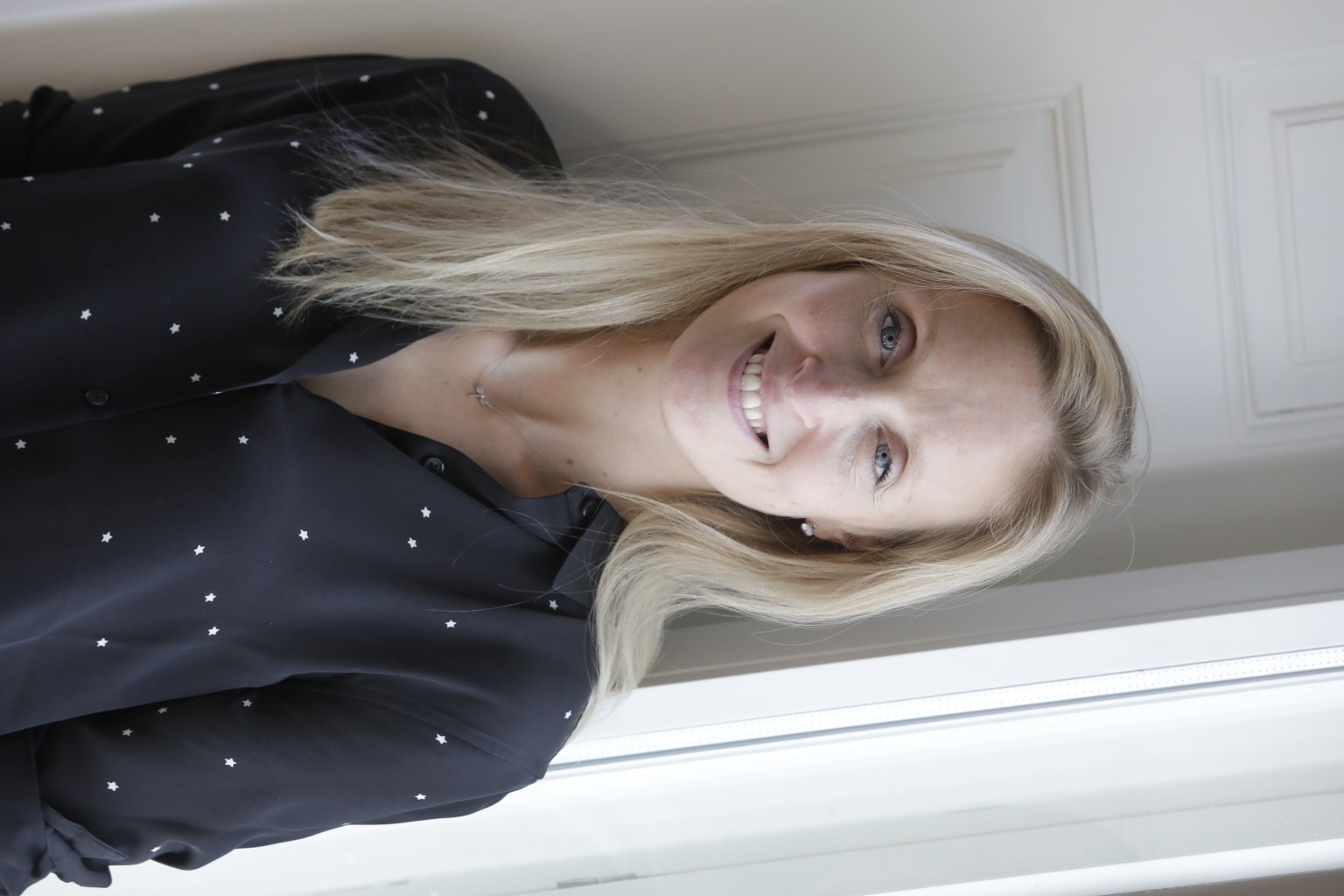Kate Smaje, Senior Partner & Global Leader of McKinsey Digital, says for companies to drive to the next level, they need to understand the ‘art of the possible’. Technologists can help.

Kate Smaje, Senior Partner & Global Leader of McKinsey Digital, has seen the importance of technology grow exponentially.
“It’s in the lifeblood of every company now. To not have a seat at the table and an active voice would be odd. In practice, is the leadership team listening to what the technologists are saying?” is a question Smaje feels needs to be asked and answered by every company board and executive leadership team.
“As an executive, the technologists can be giving intel about what’s coming around the corner, because they are seeing and learning things ahead of perhaps the everyday leadership team. Executives should be asking technologists what their view is of what might be possible,” Smaje says in an interview with Forbes Australia.
A lot of what is possible hasn’t been done yet and technologists are good at being able to stretch that thinking to see what is the ‘art of the possible’, she explains. Asking how a technologist might solve a problem can bring a different perspective, and while it might not be right, it can create a broader conversation.
“The best technologists, or group of technologists, will have a natural way of solving problems that is growth mindset led, or opportunity led, as opposed to ‘go build me that piece of functionality’. That is how we used to operate.
“The point is, if you are working with OKRs (outcomes and key results), you want to get to this outcome … tell me the best way to do that. If you are going to drive to the next level, you need to understand the ‘art of the possible’.”
Apprenticeships used to be just one way, however, now Smaje says that in more modern corporations, “we are seeing a two-way apprenticeship where I might apprentice you to think about the commercial side of the business, but you apprentice me as an executive in understanding technology, understanding how to work with technology better and technologists better. That two-way apprenticeship is becoming much more important than it ever used to be.”
Technologists become a more active part of the business
“It is hard to quantify how much spend should be put into technology because it is no longer a standalone area, it is all encompassing across every part of a business,” Smaje explains. “We are getting to the stage where we need to understand a budget not in a static form in that ‘how much are you spending on IT’, but more ‘how are you using that envelope to power the rest of the business?’
“You may be spending in technology to take out cost. The spend might come from technology, but the benefits will be seen somewhere else. Spend in IT might increase sales or be seen in marketing. Look at how productive the IT spend can be for the outcomes of the rest of the business.”
To this point, return on investment can be hard to measure when it can be spread across the business in so many areas, she says.
Is development and progress driven by ideas or outcomes?
Smaje says it is hard to have a brilliant outcome without a really good idea, whereas it is easy to have an idea and not lead to an outcome.
“Leadership is about getting the translation between a great idea and execution and outcome. From a technology standpoint, being able to take the great idea and go and build it, that takes a heightened level of leadership because you are bringing together very different skill sets to make that outcome happen.
“For many, I think that is why the great idea of their digital transformation stalls, because that leadership is not translating between the two as well as it needs to.”
Pathway to success
“At McKinsey we spend a lot of time considering how we get our Technology talent through the door. We have had to rethink the career pathways and create entirely new pathways around that.
“We are testing in many ways for the capacity to learn, for that curiosity of learning. We want people who are not just experts in what they do, but students of many different topics. That’s a very different journey to how we recruited five years’ ago.”
Smaje says that “for us, people are our best asset”.
“An organisation’s ability to invest in humans, particularly during this period of constant change, I think that is key to how you stay ahead on technology.”